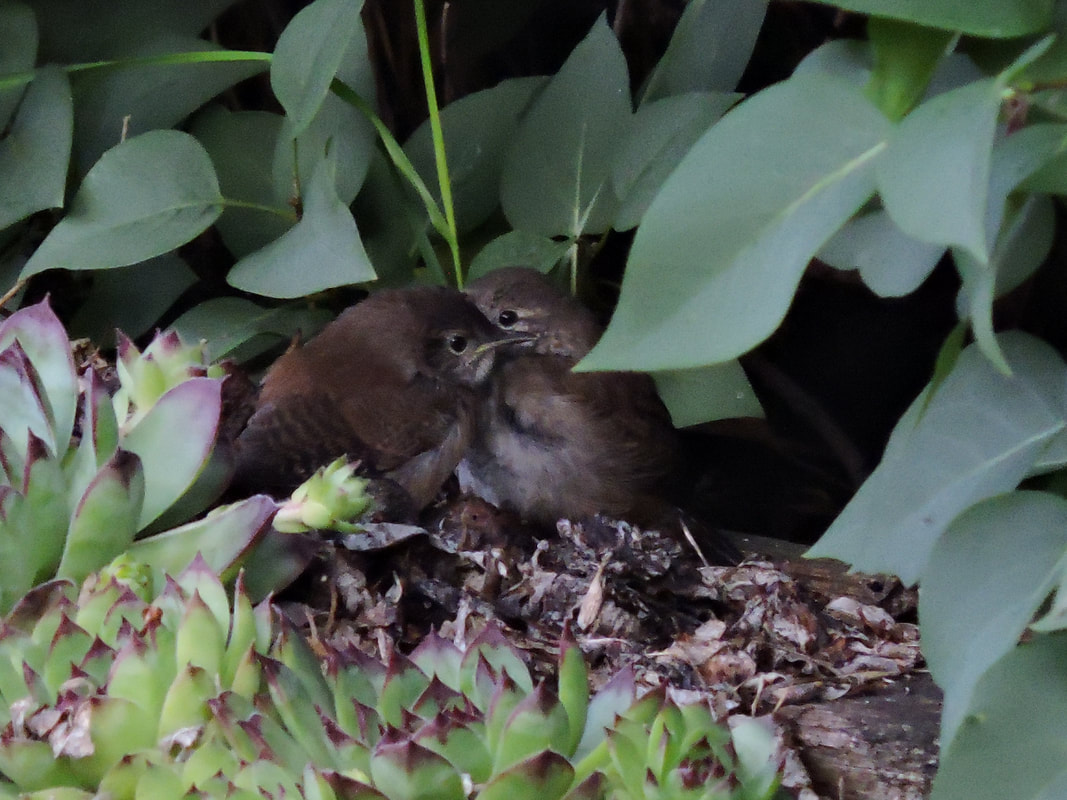 The morning was young, and every bird was celebrating life. Songs bellowed out from every corner of the garden, and a few of the recent young squeaked along as they waited for their early offerings. It was in a nearby bush that I heard some scratching and rustling in the dead leaves, and soon to follow I noticed some movement just starting to peak out into the morning. Two young fledgling House Wrens had made an appearance and we're getting restless waiting for some squishy caterpillars. One had pretty much topped up the tank already, but the other one eagerly awaited and chatted up a storm, just letting the parents know it had a bit more room in the belly. As the one moved around and chattered, the other one kept pushing its feathered little body up tight against the other. It no longer had a desire to eat, but snuggle up to tight against the one that just wanted to eat. This went on for a couple minutes. One would move away and chatter, and the other would push up close still missing the time of the nest. And as it goes in the birding world, that scene quickly ended as they scattered into the bushes and continued on their day. July 12, 2019. N.E. of Edmonton, Alberta, Canada. House Wrens
0 Comments
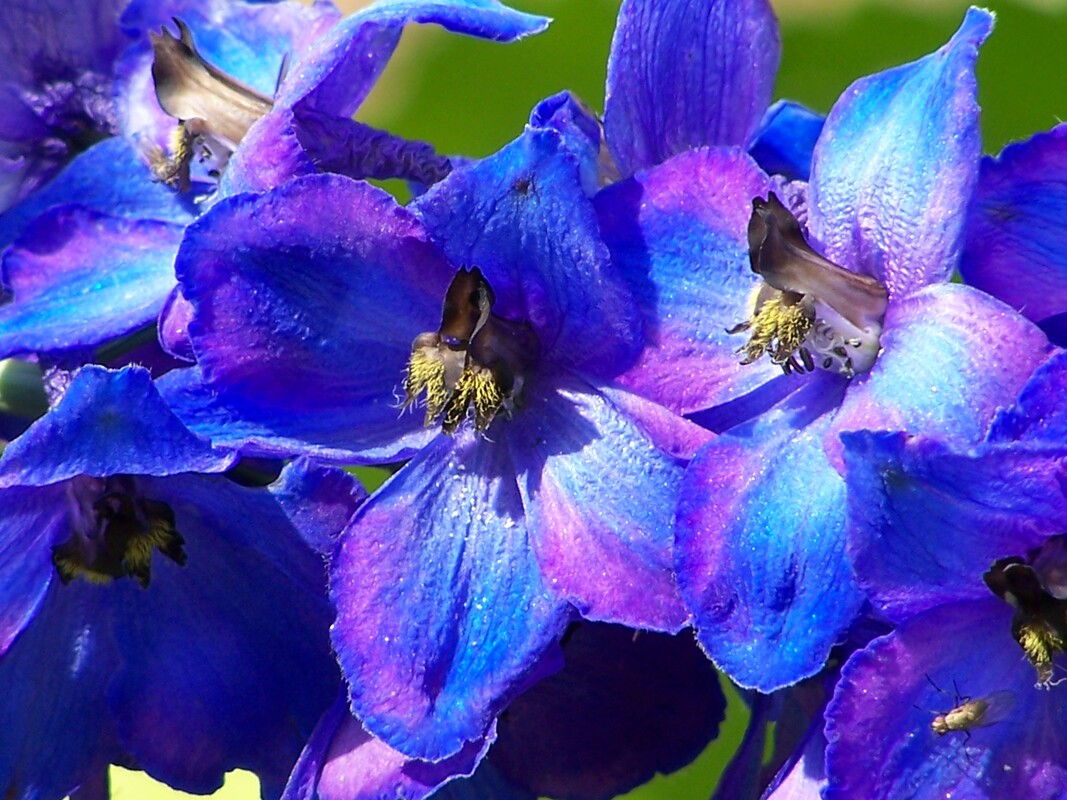 Here are many Delphiniums that are blooming in my garden. There are SO many colors and variations. There are the shorter plants that have flowers compacted together and then some grow tall with large spaces between the flowers. The color variations are incredible, with a white or black eye. Colors range in every shade of blue and purple, with the occasional white or pink. They are very cold hardy, as they survive temperatures down to the -40's. They like moisture, but are quite drought tolerant. They do best in partial shade, but do well in full sun or full shade. Best of all - HUMMINGBIRDS LOVE THEM! Below is one photo I was able to capture a couple years back of a RARE Rufous in my region, but the Rubies go over the top mad for them year after year! I can't give you any information as to how they grow in very hot climates, but they are rated for zones 3 to 8, and I can tell you from experience, they have survived my zone 2 quite well. They self seed and may produce a wide variation of colors, with about 50 percent coming true to type of the original parent plant. They can grow from 30 inches to 8 feet depending on the variety, and taller ones frequently need staking. They can produce a Delphinium worm which early in the season tries to consume the flower growth at the top of the stalk. If caught early, it won't affect the flowering of that year. If you are looking for a hummingbird flower to add to your collection, these are definitely on the top of my list. 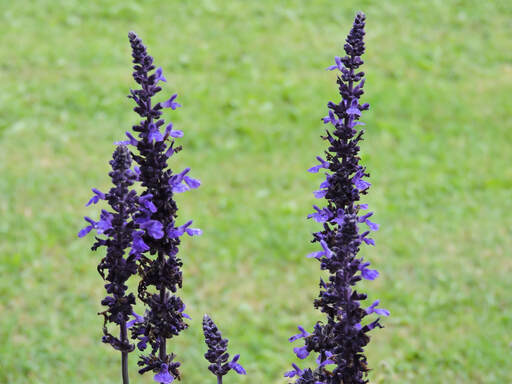 Over the last decade I've heard repeatedly that Salvia flowers are a hummingbird magnet in many regions across the continent. I've never really tried them because my hummingbird hideaway is in one of the coldest zones where you'll find hummingbirds, zone 1b-2. As a matter of fact many of the perennials listed out there don't have an accurate rating for the climate they'll survive in. This is where I had a lot of difficulty choosing perennials in the past. Many of them didn't include zones that were colder than zone 3. By trial and error I had to plant perennials and then see whether they'd come up the following Spring. I'm quite certain that Salvia plants won't over winter in my region, so I'll have to treat them as an annual. My wife and I looked around at a few greenhouses to see if they had any Salvias worth trying. They were virtually nonexistent, but to my surprise my wife came home one day after work with a Mysty Salvia. It looked like a flower that hummingbirds would love, and from what I've heard from many of my hummingbird friends, Salvias top the list of favorites. From the information provided, it'll grow about 12 - 20 inches, and be perfect in our raised pots. So we planted the Mysty Salvia in a pot on the deck and it didn't take long for our resident hummingbird to locate it. Not only did he find it, he put it on the top of his list with the Delphiniums. It was in a location where we could monitor the progress, and it certainly did not disappoint. About 10 times a day, Ziggy, our dominant hummingbird, would visit the plant and feed from every single flower that was in bloom. I can tell you this, that if the adult male hummingbirds find a flower worthy of repeat visits, it's a guarantee that there is extreme value in that flower, and that all hummingbirds will love it. This plant will become a regular in my garden in future seasons. My only question now is how to grow or propagate this plant, whether seed or cuttings. I don't know if this particular variety of salvia produces much for seeds, or if I'll have to take cuttings, and how long they take to go from seed to bloom. I have to treat it as an annual, so it has to bloom the first season because it will not over winter in my climate. If anyone has some helpful information they can share with me, I would love any help I can get. This plant is new to me, and any information would be beneficial. I just wanted to pass on the brief bit of knowledge I've gained just in the first month of trying out this flower, and a big thanks to all who have suggested Salvias, and for sharing their knowledge on them for hummingbirds. In the future I will pass on any information I've learned, and reveal how successful I am in growing this hummingbird goldmine. 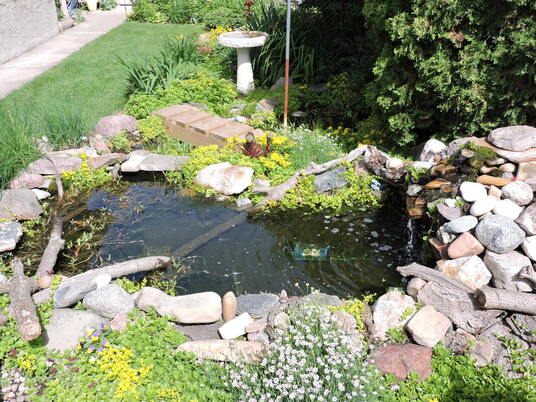 Water is simply the liquid of life. All living things require it, and all living things will remember where they can find it. Birds are no exception. They will visit water sources several times a day for the purpose of drinking and bathing. Water is vital to their survival and therefore a necessary part of any birder's garden. Whether a fountain, pond, mister, or any type of feature, it's a necessary part of a bird's day. In fact the more water features you add to your garden, the more likely you'll attract a wide range of birds, and they will discover the features you created for them. Over the last couple decades, I've experimented with different types of water features to see what style is the most preferred with songbirds and hummingbirds. Simply put, the bigger the bird, the deeper the water, but every one of them prefers belly deep water or shallower. All birds that aren't your typical water bird have a great fear of water. Before they're comfortable with a water source they want to make sure they can feel the bottom with their feet. They're not like ducks, and they will not float. So when we create a feature for birds, we have to keep this in mind. The range of size in birds in my garden is typically from a hummingbird to a Northern Flicker, which means water depths should vary from 1/8 inch to 2 inches in many locations. Anything deeper and you won't get many birds attempting to bathe in it. Birds will typically touch down with their feet and then lower their bodies into the water, so a 2 inch maximum is more than enough for a bird the size of a Robin or Northern Flicker. For small songbirds, shallow water just over their feet is enough, but there are a few courageous birds that like to swan dive into some deeper water. When I suggest a perfect backyard bird pond, I don't mean the most beautiful pond imaginable, I mean a pond logically designed for birds. I'll use my small fountain pond as an example. The depth ranges from 8 to 12 inches deep. It's not a deep pond by any means, but it's way too deep for birds to trust and use without some added features. So to attract the birds I had to think like them. I added special features to the pond so the birds would trust it. 1. First of all we added the fountain. Water gently flows over the moss and flat rocks which is a perfect location for small birds to perch, drink and bathe. It's not a fast flow to turn it into a bird water slide, but gentle enough to flow over their feet. 2. Secondly, I placed rocks close to the edge just beneath the surface of the water. If they can see objects just below the surface they'll test them out. Have different sizes of rocks, some breaking the surface and some slightly below. If the rocks are clustered they'll stand on the rocks breaking the surface and examine the others around it. 3. Thirdly, I laid some larger curved branches from one side of the pond to the other. The curve of the branch dips down into the water on one side, and then gradually backup out of the water on the other side. Birds will frequently land on the branches and slowly hop their way down to the depth they prefer. 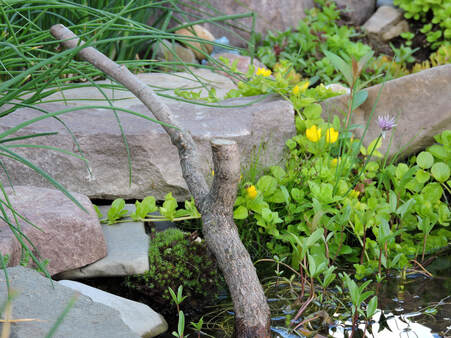 4. Finally, create areas all around the pond where they can perch and observe all the structures you prepared for them. I left smaller branches attached to the larger ones in the water so birds can perch on them. Birds love water, and I can tell you they will travel great distances just to get to your garden. Food can be found in many places, but water is harder to come by. I can promise you that if you create water features with many important structures built in, over time you will attract birds like you couldn't imagine. Know that birds are afraid of deep water, and keep that in mind when you create little features. Create many perches, rocks and plants all around and they will search them out and use them. Once they find their favorite perch, you'll start to recognize the same birds returning time after time, and day after day. |
AuthorMuch of the year I spend time attracting hummingbirds and other species to my garden. Please take some time to read and enjoy my blog. I hope it inspires you to build and create a beautiful place to attract birds of your own. Archives
May 2022
Categories |
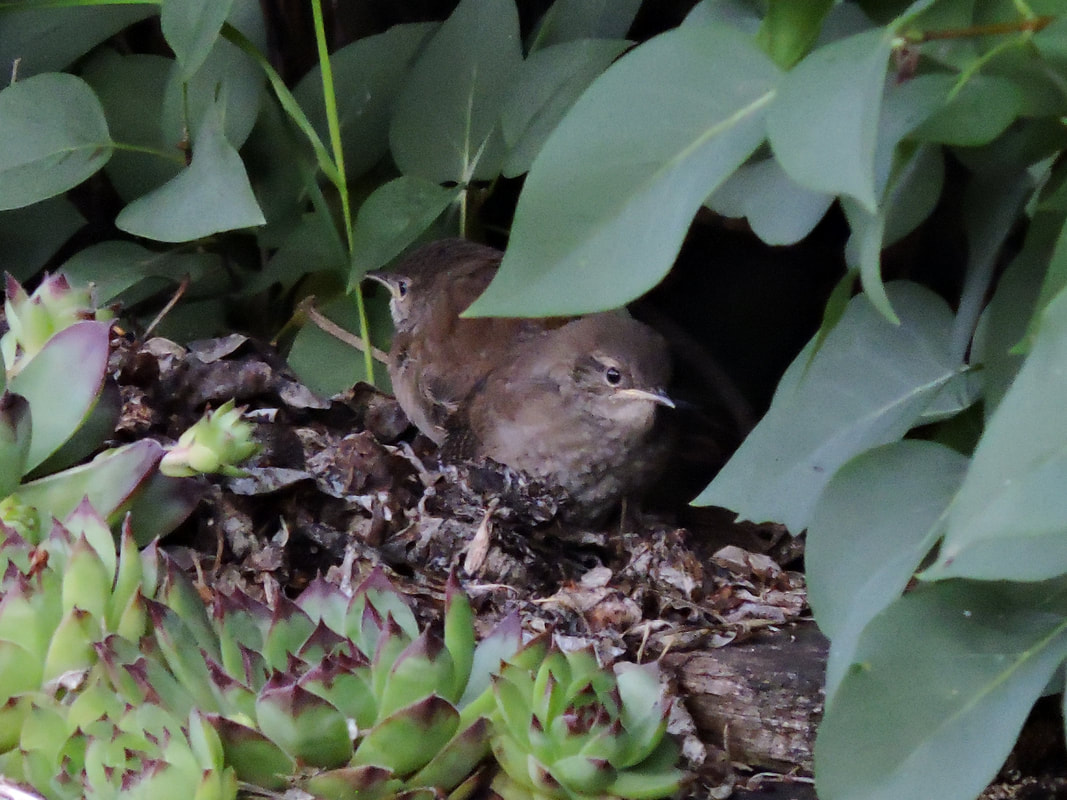
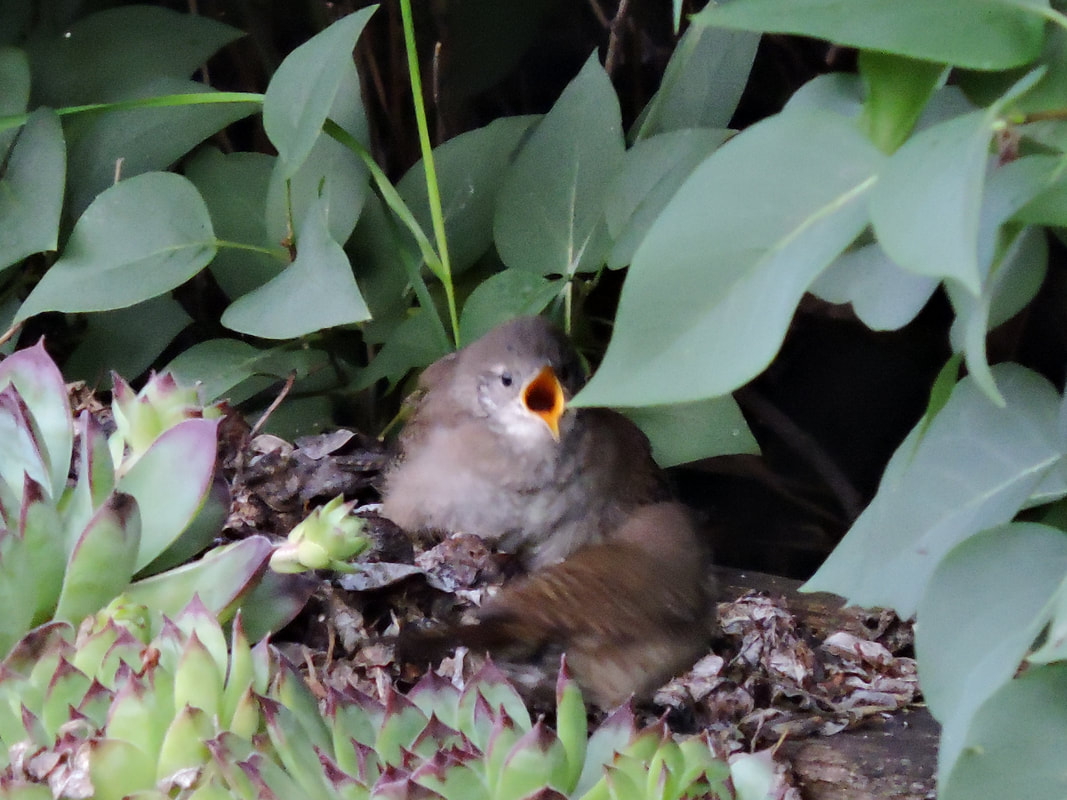
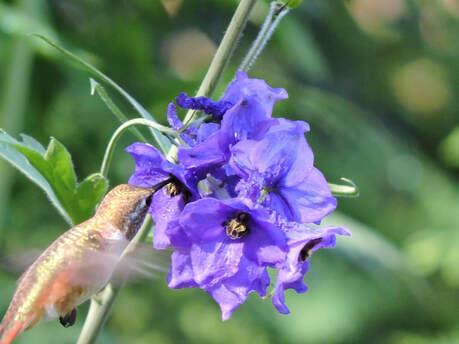
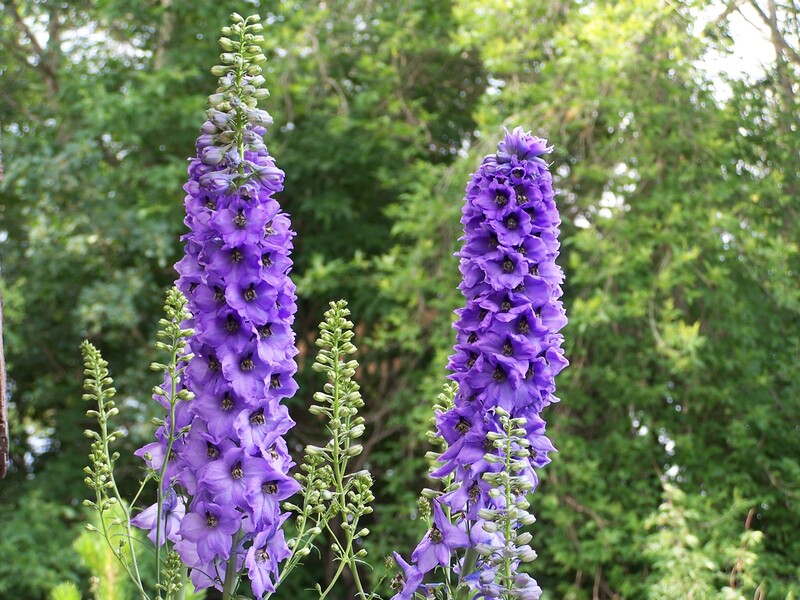
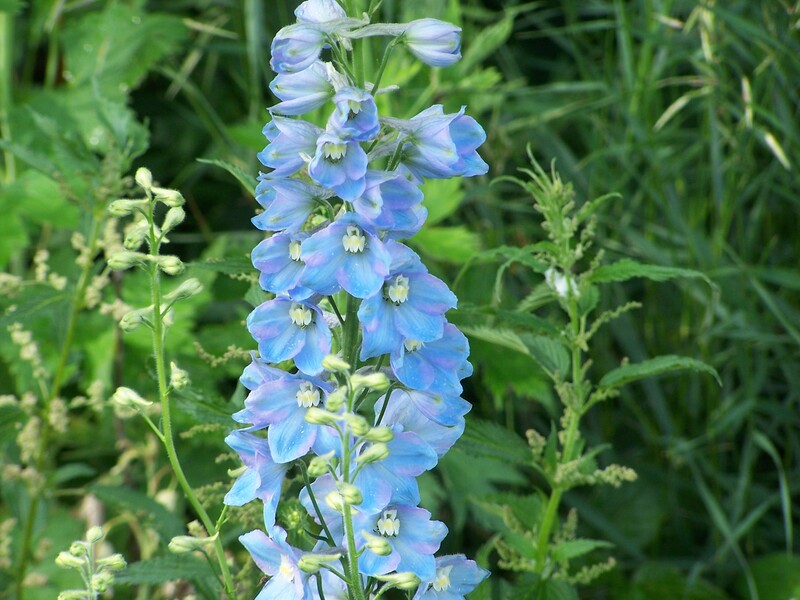
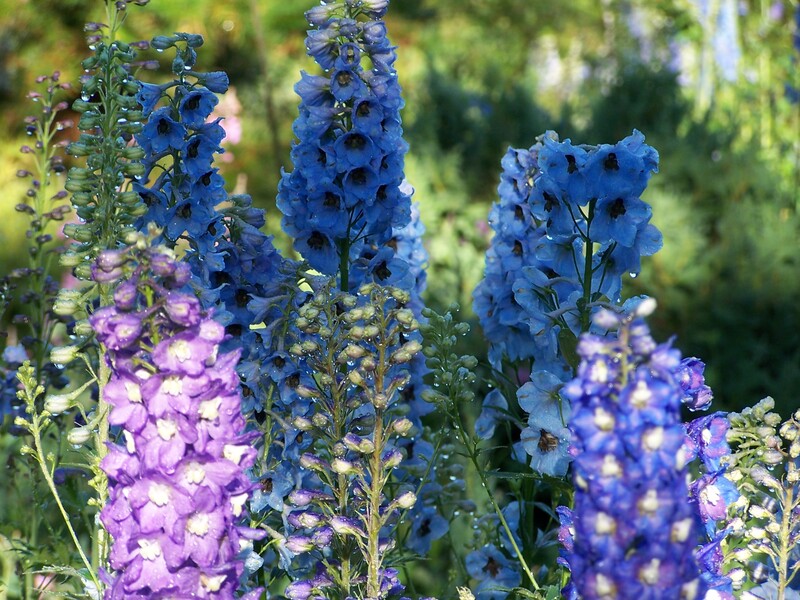
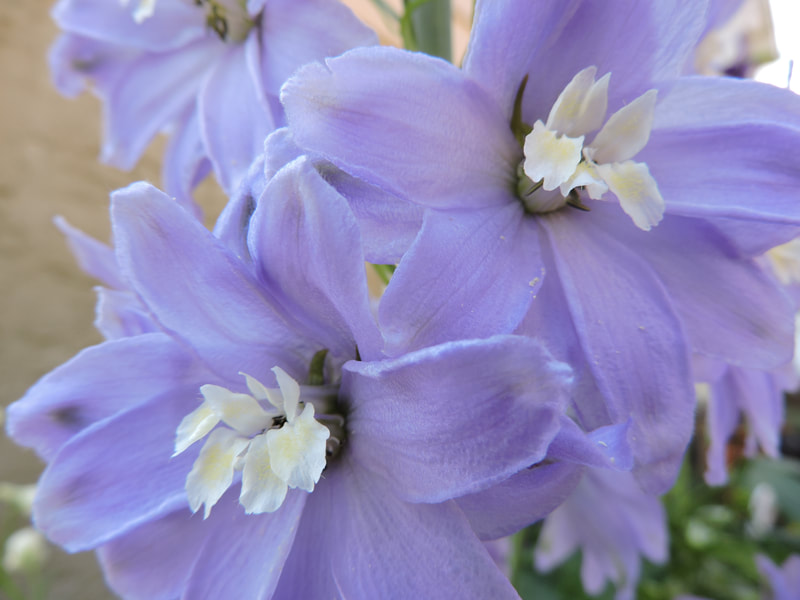
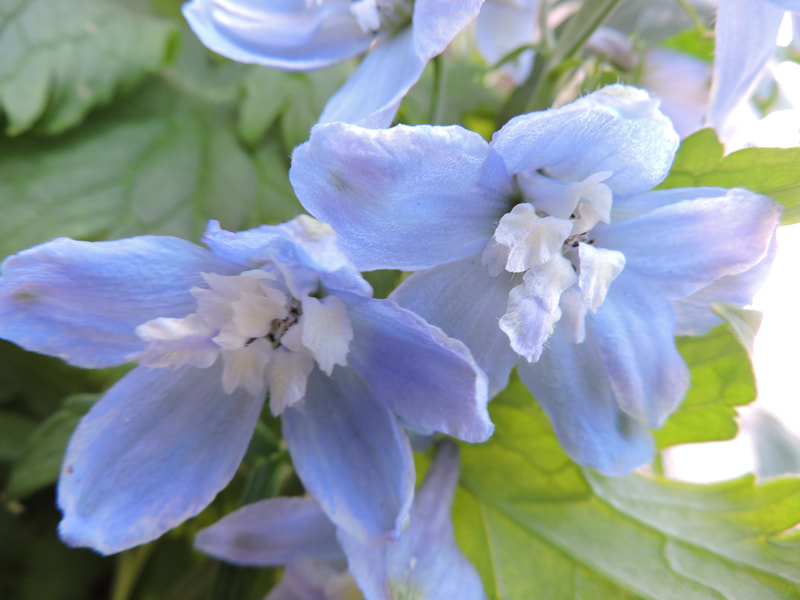
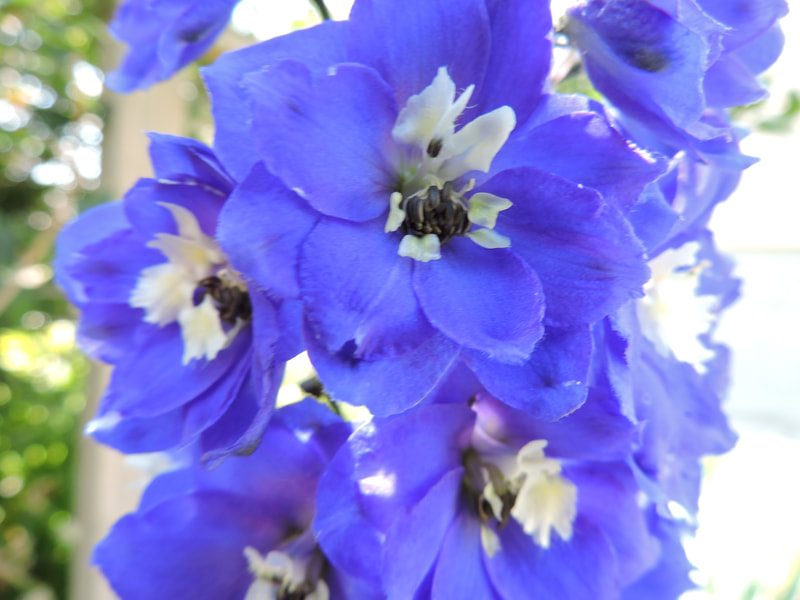
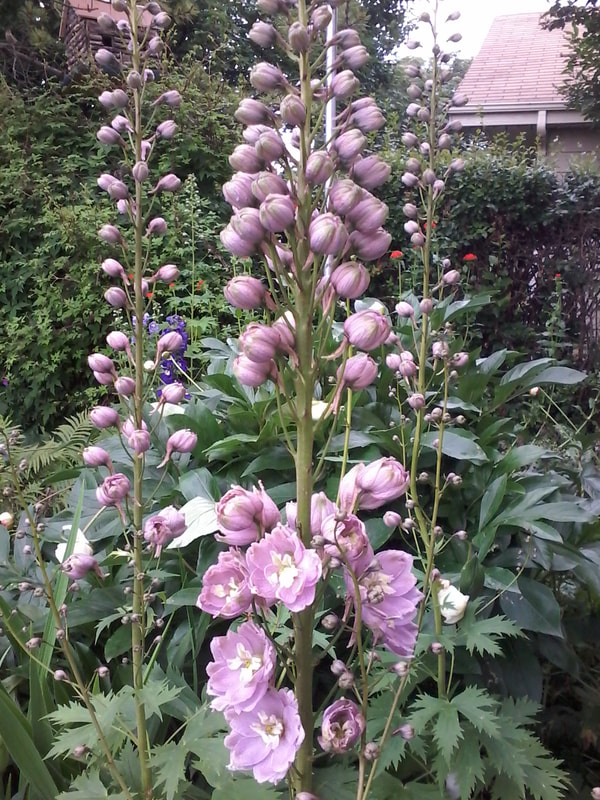
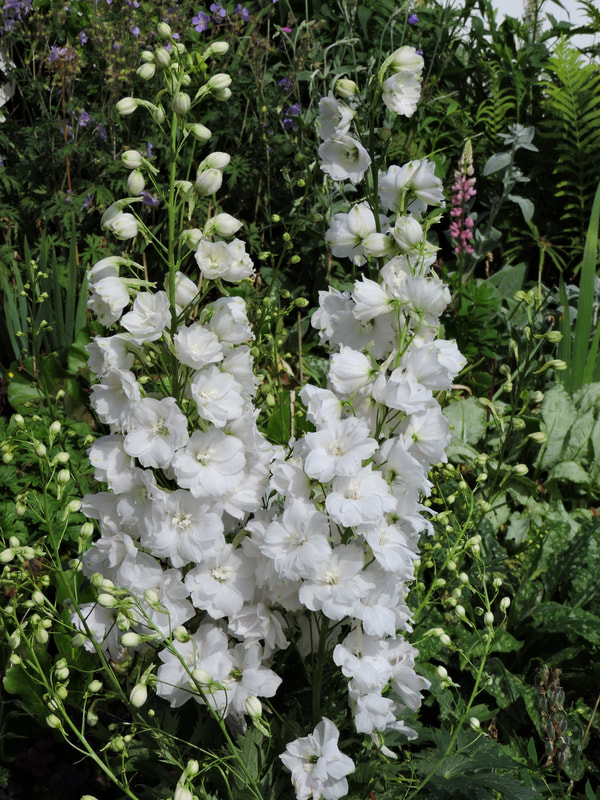
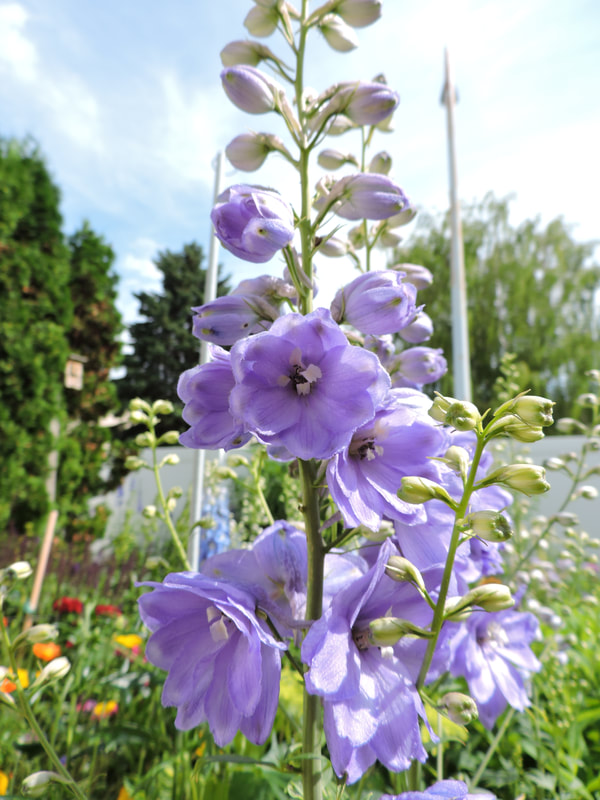
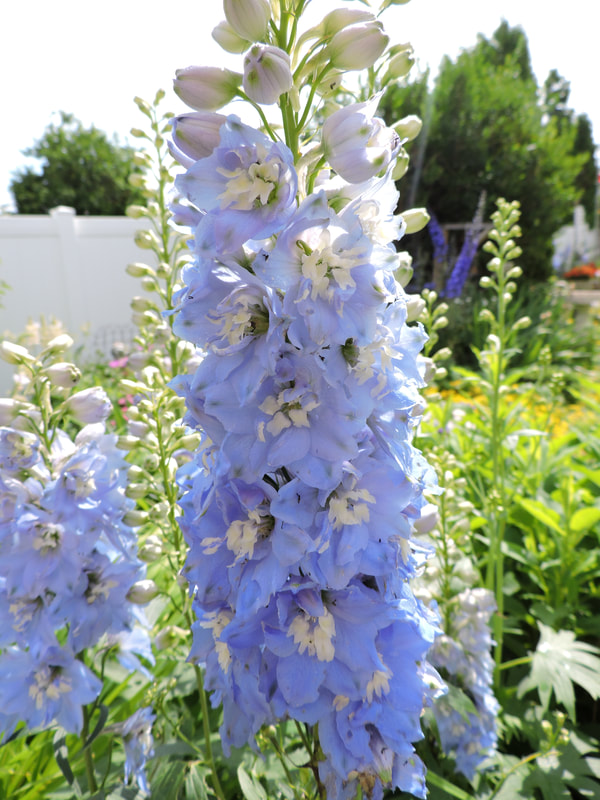
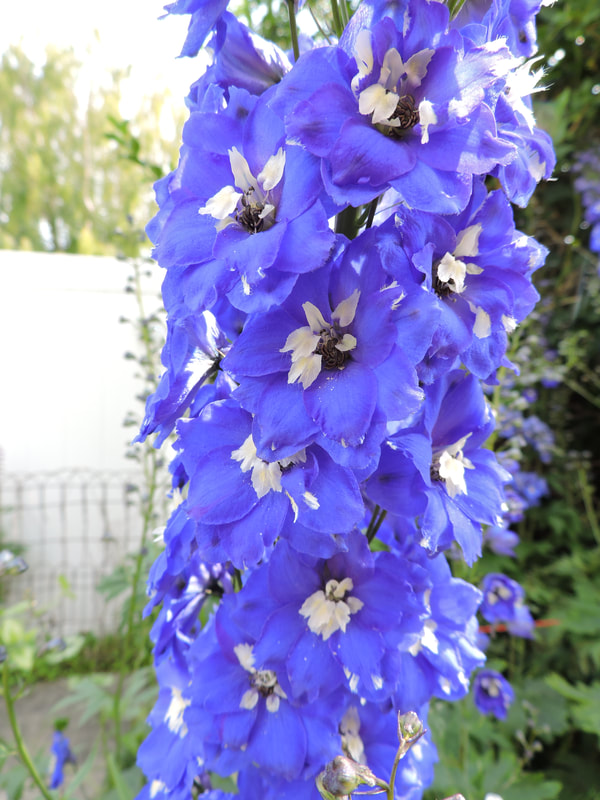
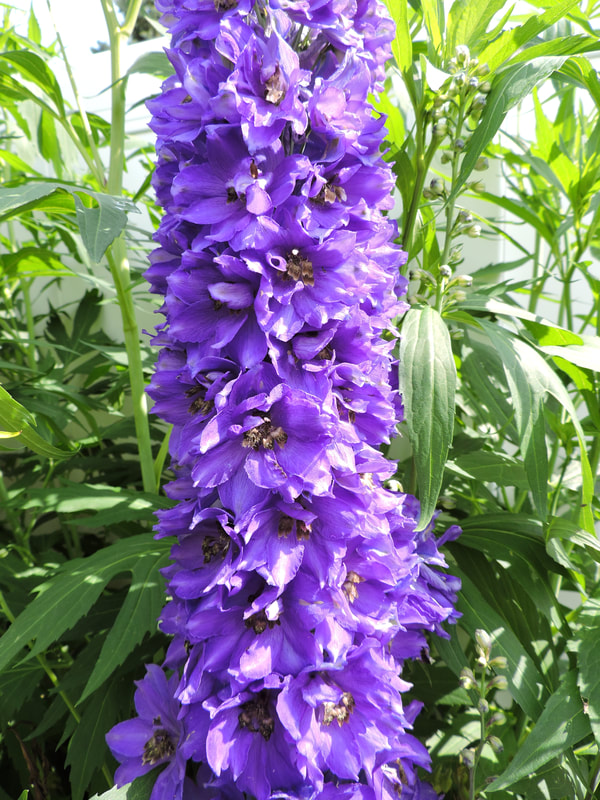
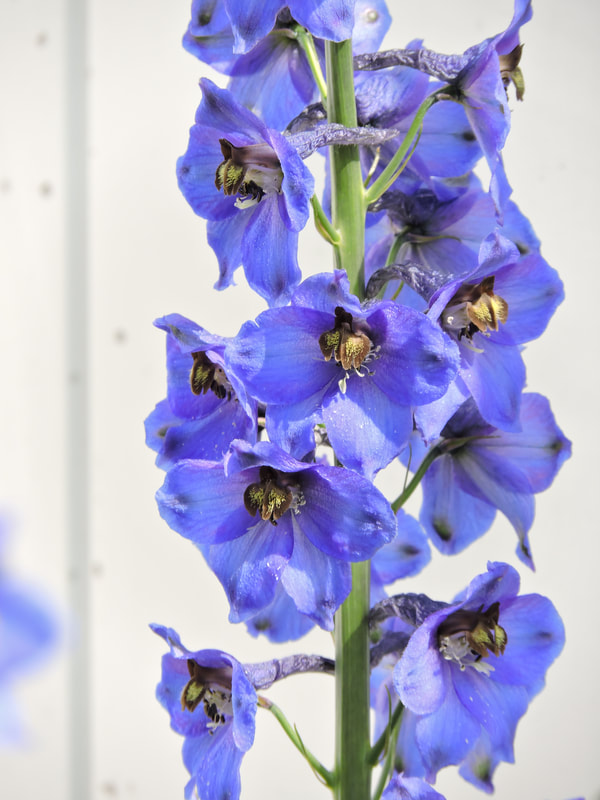
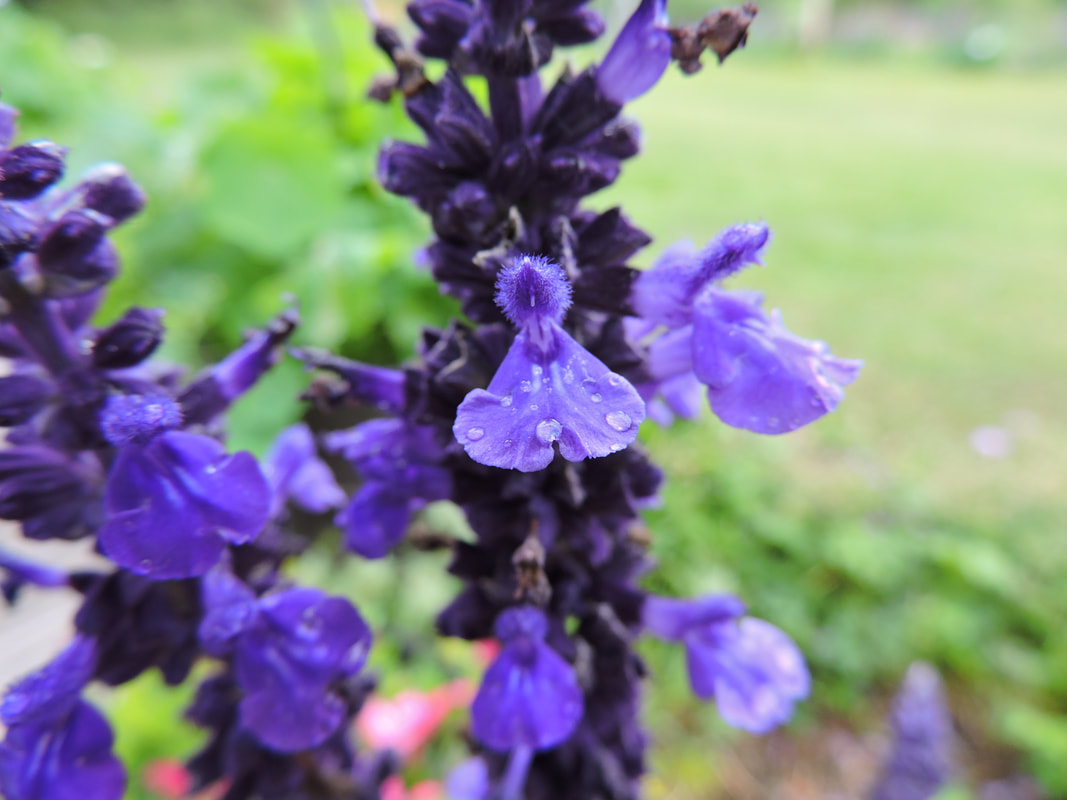
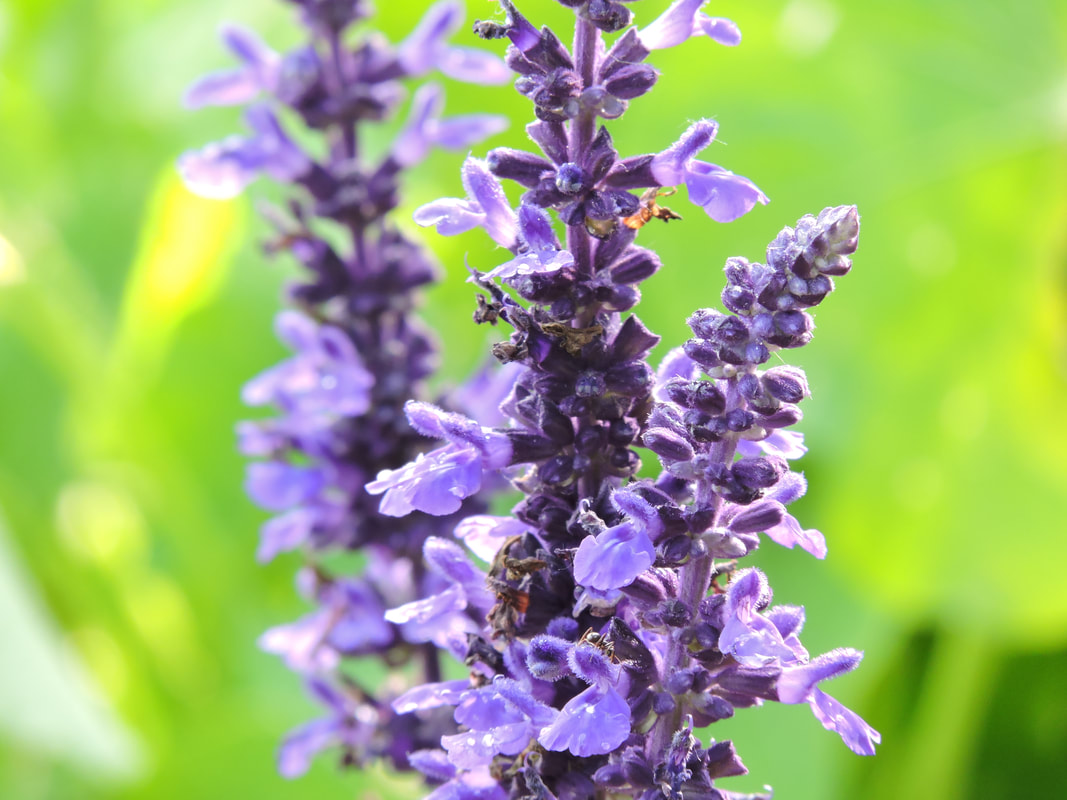
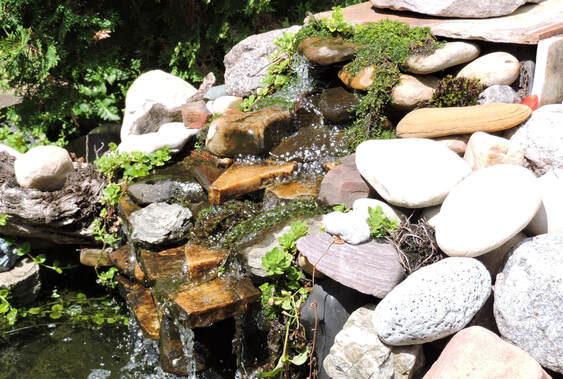
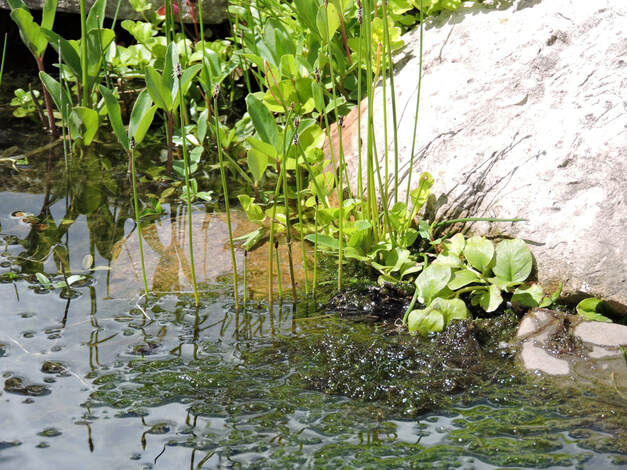
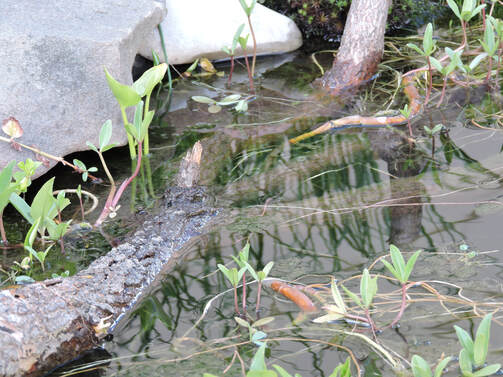
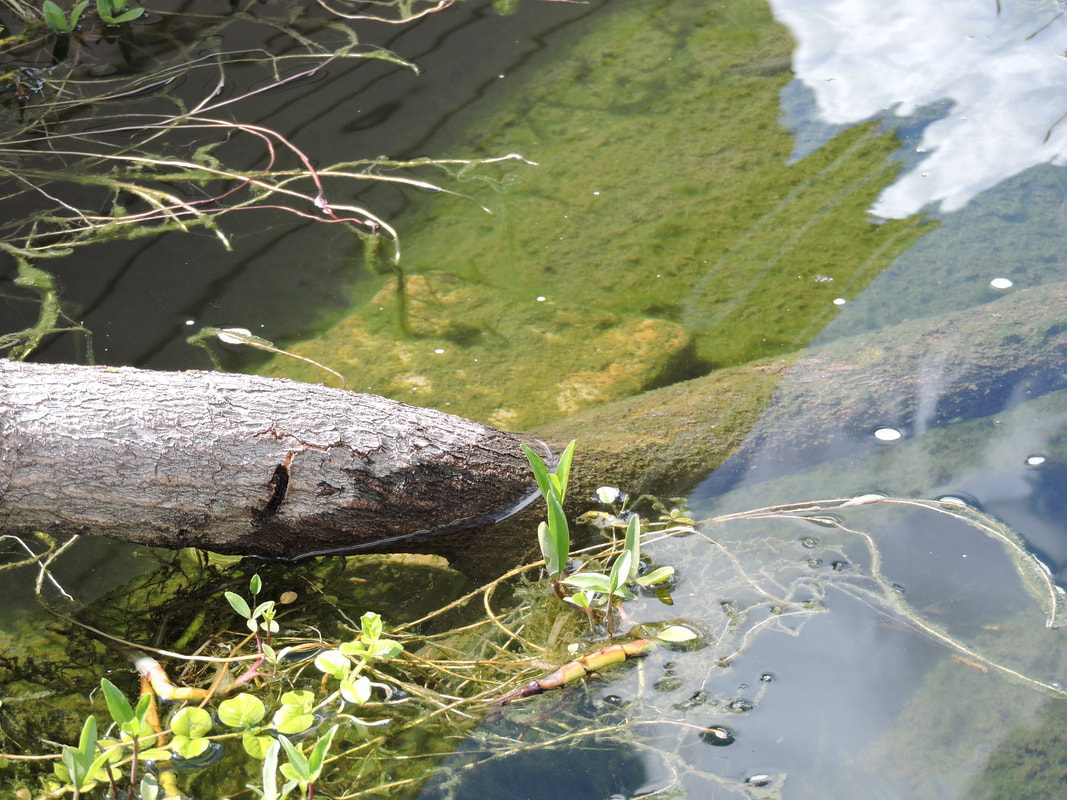
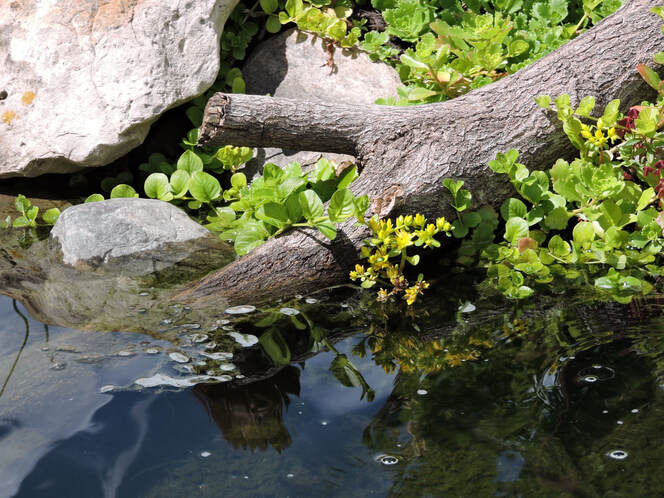
 RSS Feed
RSS Feed
